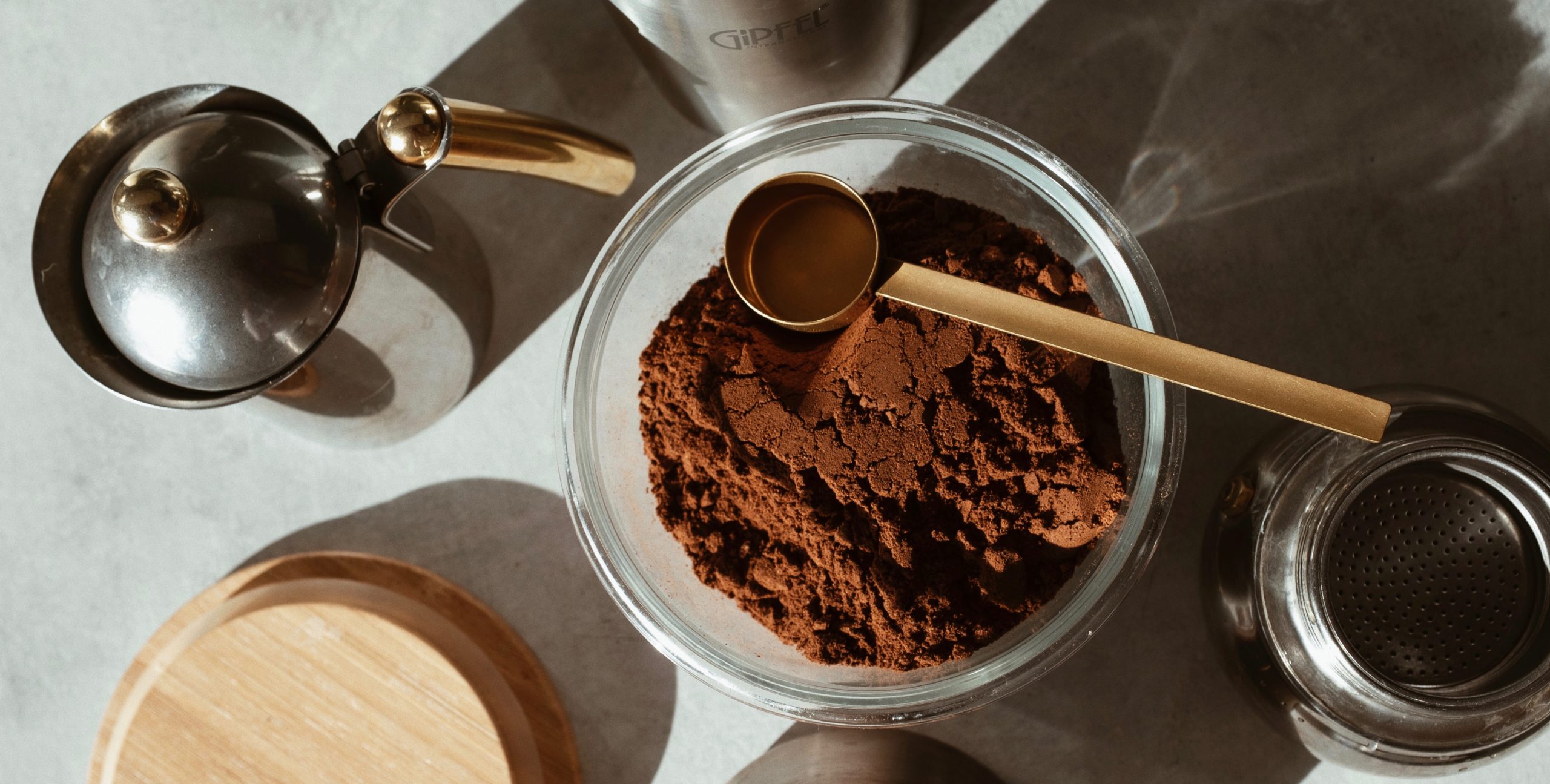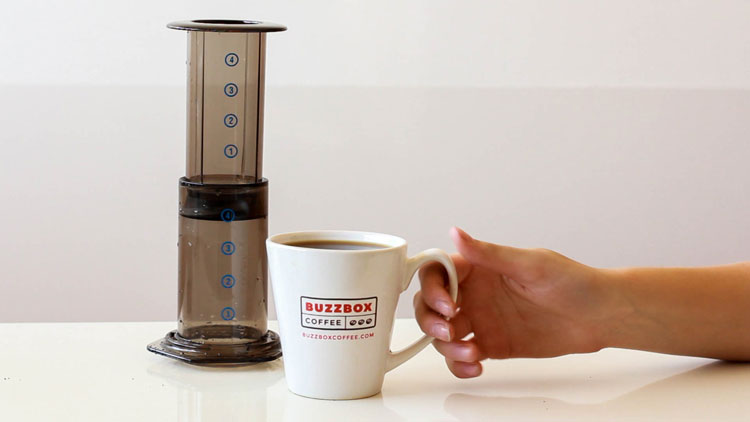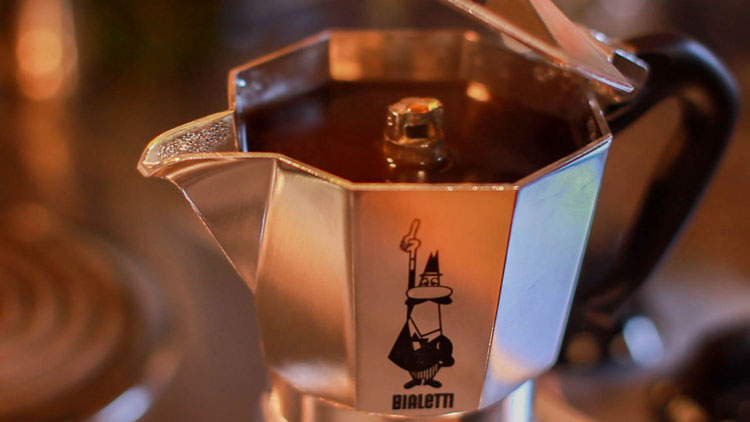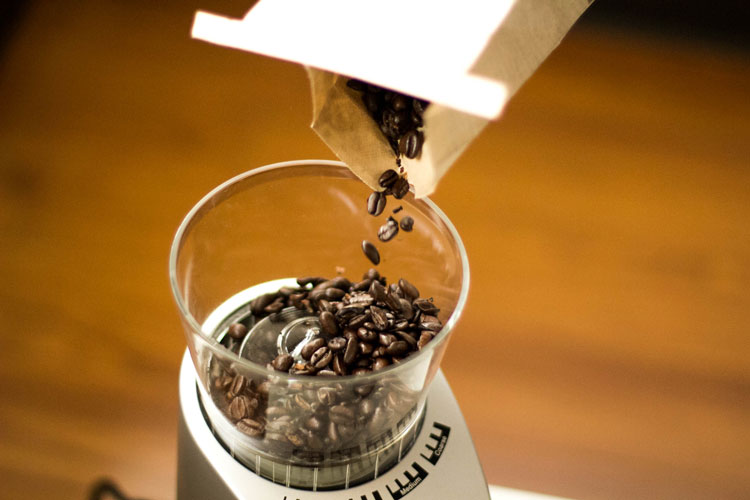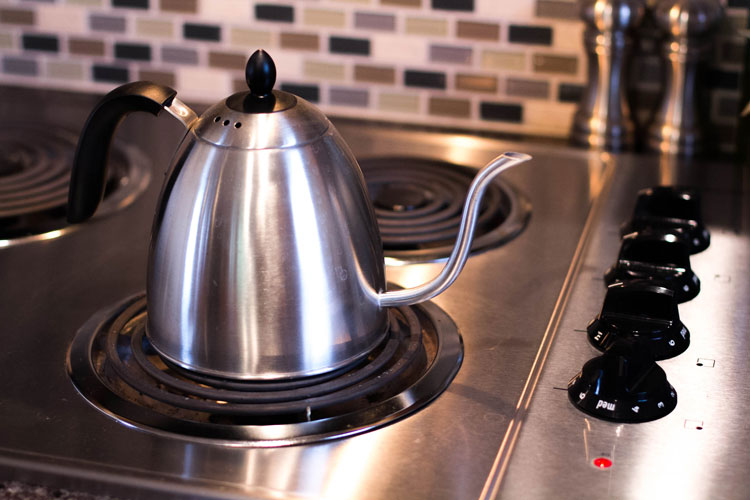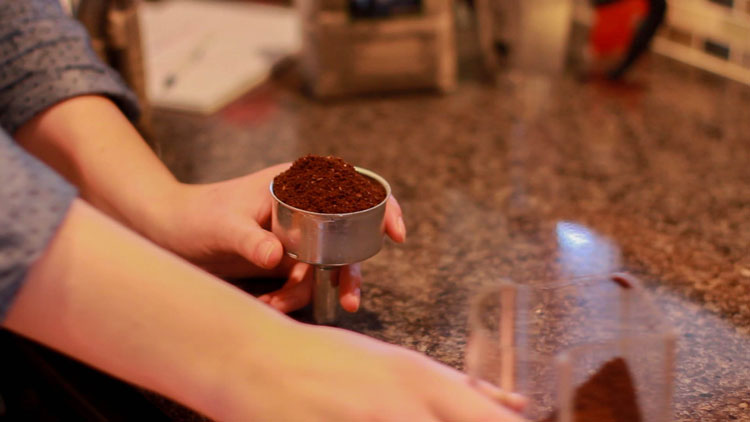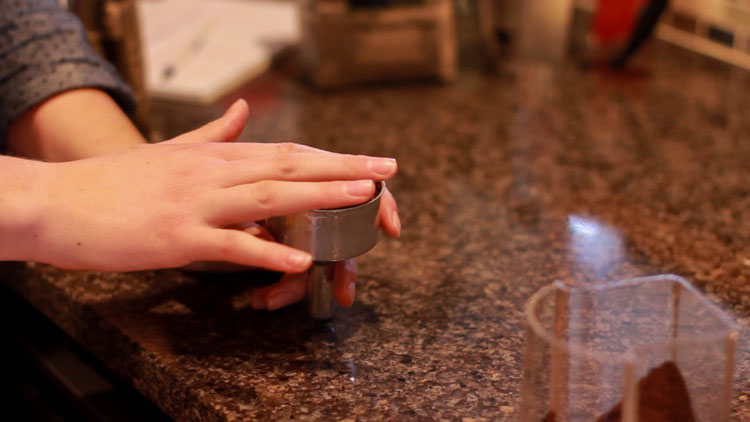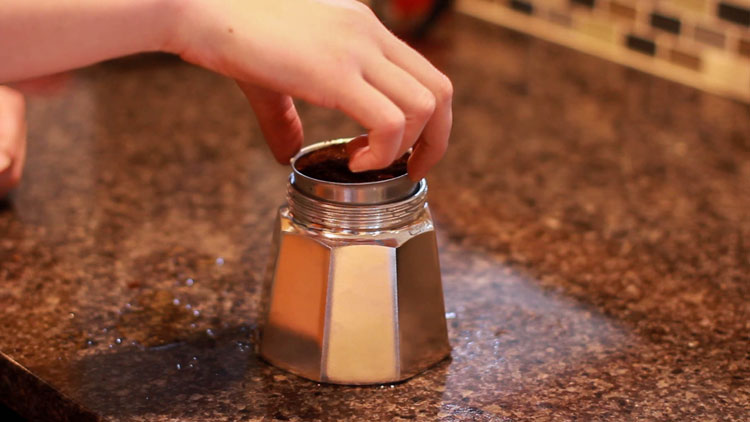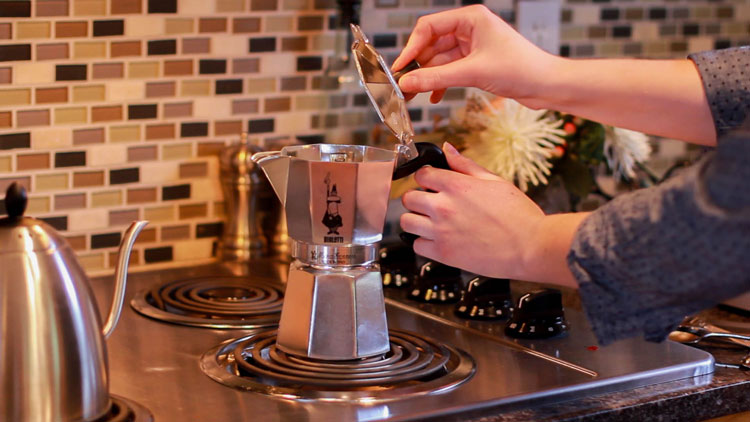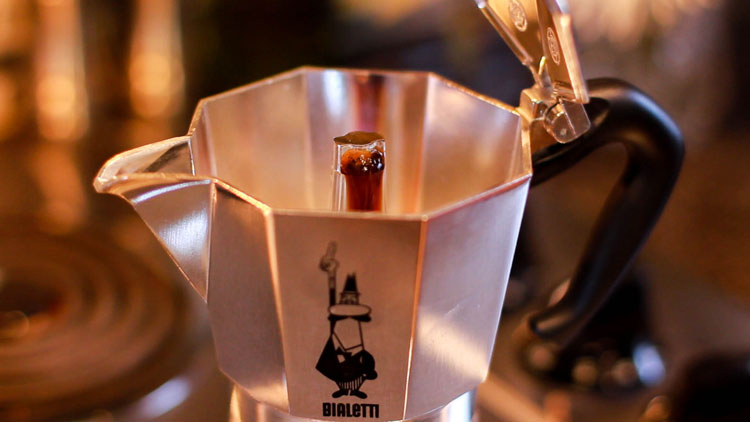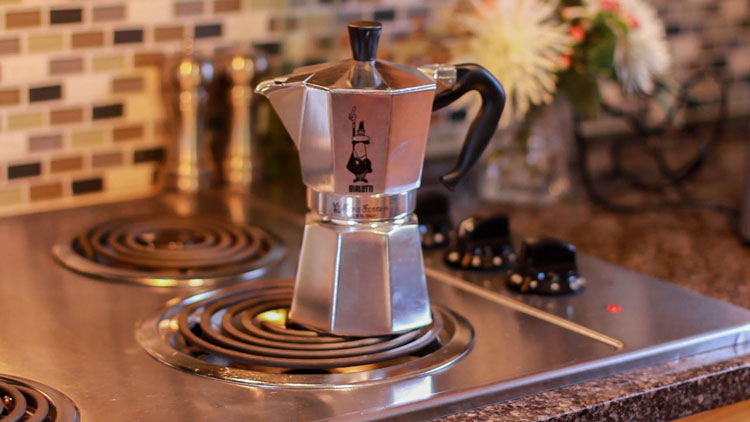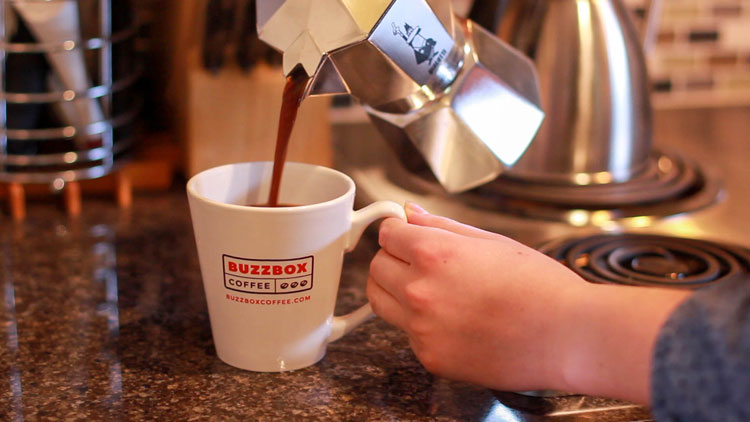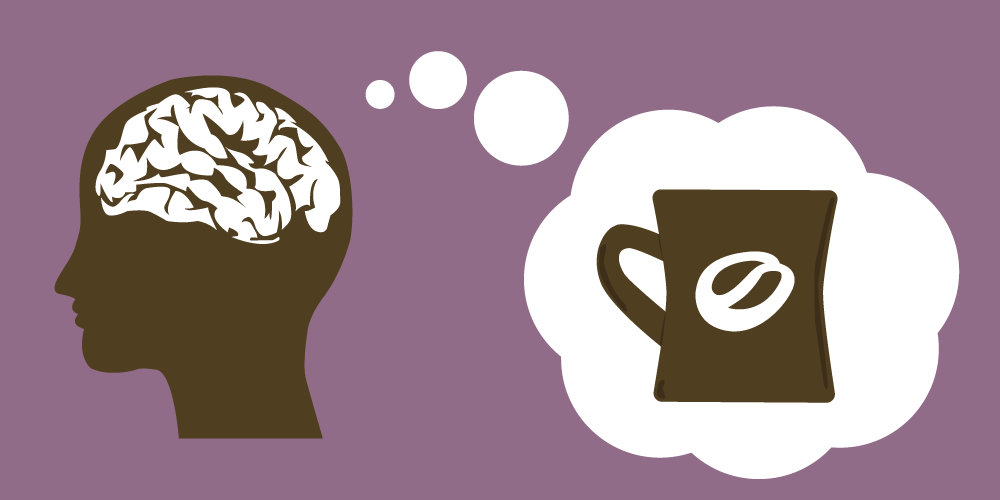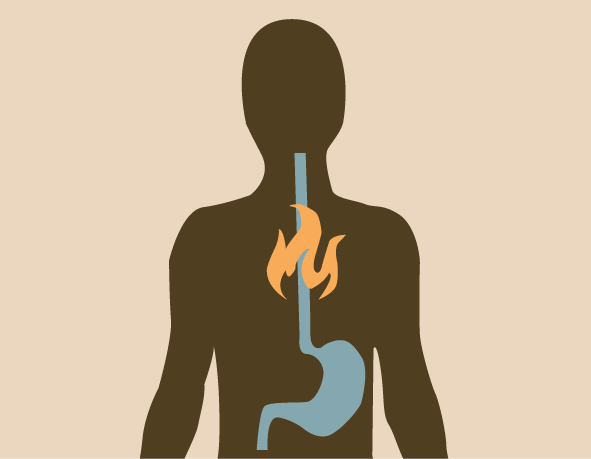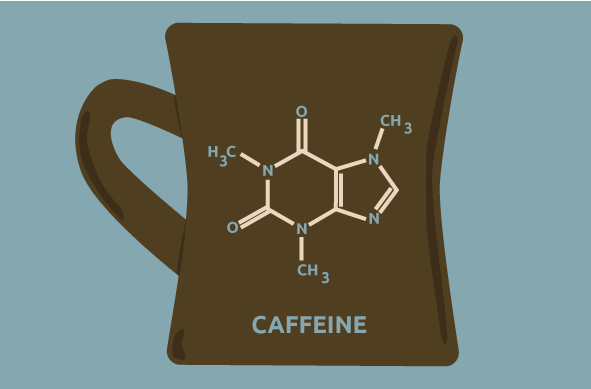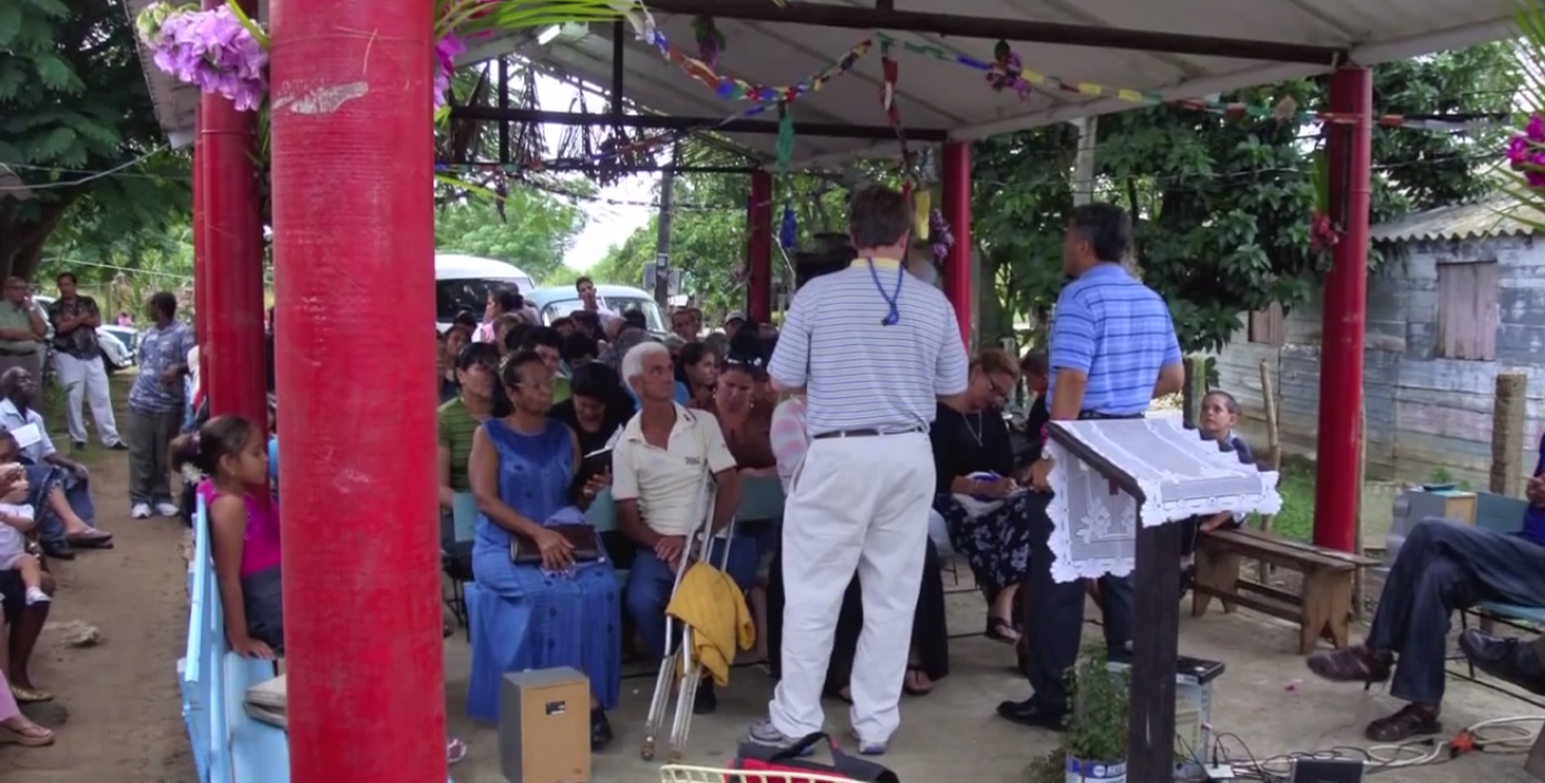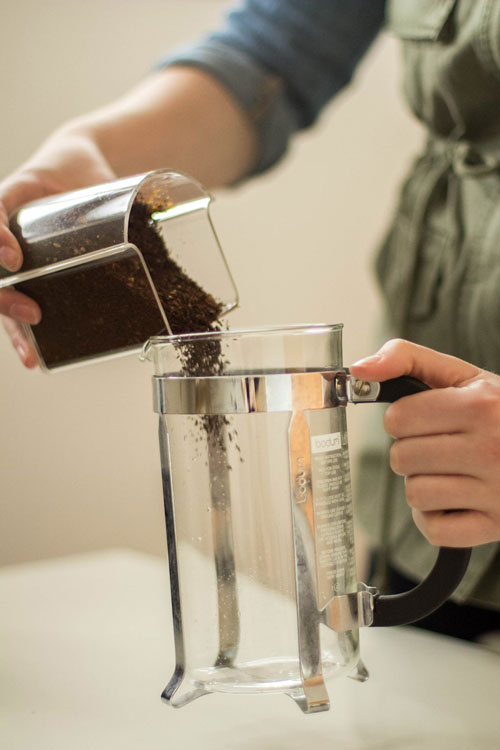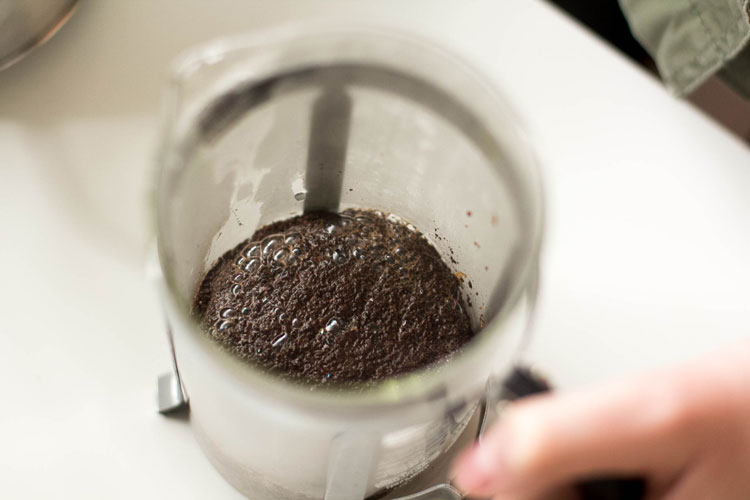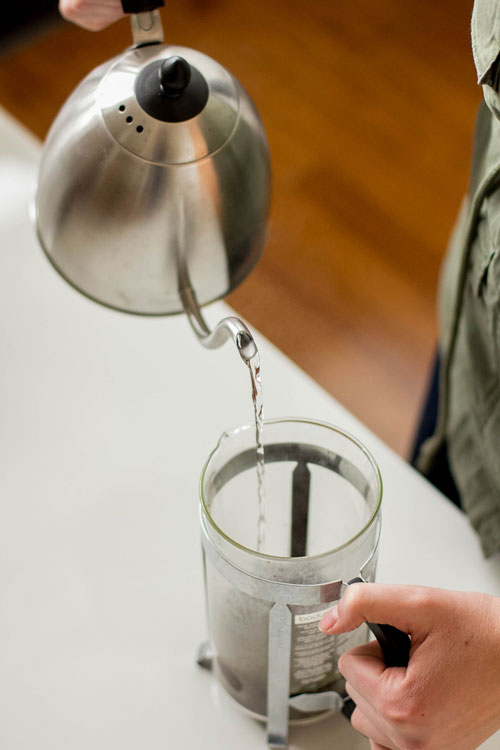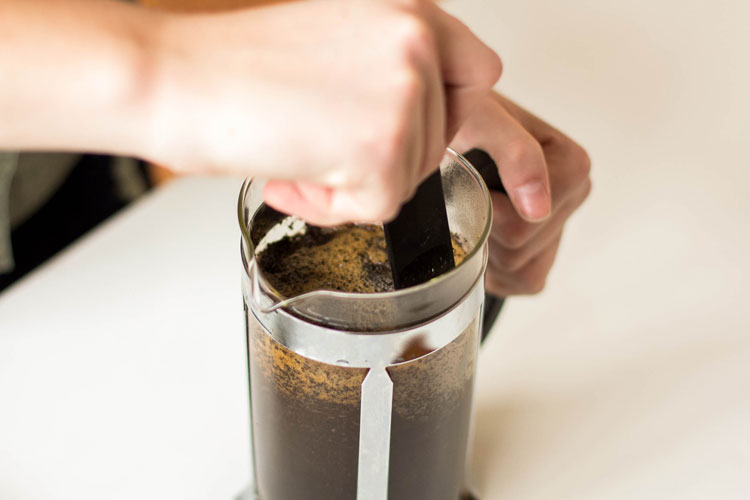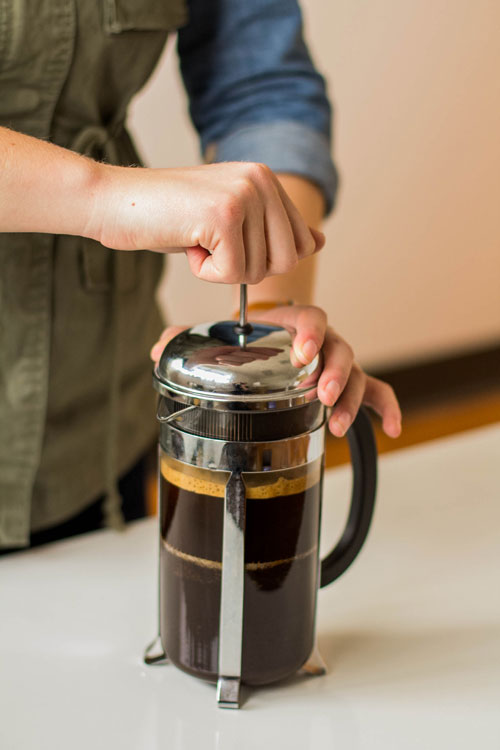4 Ways to Improve Brain Health with Organic Coffee
“Coffee’s bad for you! Don’t drink that stuff!” We all know that one person who insists coffee will cause you health issues further down the road. Next time that ‘friend’ harasses you about your love for coffee, tell them about the 4 Ways Organic Coffee Improves Brain Health .
1. Organic Coffee Improves Brain Health By Increasing Your Memory
If you’re anything like me, you forget things all the time. But recent research reports that you might be in luck – coffee can help your memory!
Michael Yassa, an assistant professor of psychological and brain sciences at Johns Hopkins comments on a recent study, “We’ve always known that caffeine has cognitive-enhancing effects, but its particular effects on strengthening memories and making them resistant to forgetting has never been examined in detail . . . We report for the first time a specific effect of caffeine on reducing forgetting over 24 hours.”1
So how did the John Hopkins researchers come to this conclusion? First, they asked their participants to study a series of images. Then they gave some of the participants caffeine and others a placebo. They then sat through a boring 24 hours. Many yawns later they tested the participants memory of the images. They found the participants who took caffeine could remember more images than the participants who took just the placebo.2
For the next round of testing the researchers made it trickier. As if looking at pictures and trying to remember them wasn’t hard enough. For the next round of testing they used a variety of images — some the same, some new, and some similar but not the same. Those sneaky researchers.
Dr. Yassa gives us his take, “If we used a standard recognition memory task without these tricky similar items, we would have found no effect of caffeine. However, using these items requires the brain to make a more difficult discrimination – what we call pattern separation, which seems to be the process that is enhanced by caffeine in our case.”3
Of course, while these studies do promote the benefit of caffeine, you always want to be careful that you don’t consume too much of it. To prevent caffeine overload, we recommend always drinking Arabica, shade-grown coffee beans. When beans are grown in the shade they grow slower — developing less acidity. This results in a smoother, less bitter cup of coffee.
Additionally arabica beans contain half of the caffeine content of other beans. Shade-Grown coffee is the best way to enjoy a safe & healthy dose of caffeine while still finding a way to improve your brain health with coffee.
2. Organic Coffee Improves Brain Health by Preventing Parkinson’s Disease
Parkinson’s Disease is a debilitating neurodegenerative disorder that affects 1.2 million people in Europe alone with an estimated 75,000 new cases diagnosed each year.4 But there is hope. In addition to new drug therapies, caffeine has been shown to have a noticeable effect on treatment and prevention of Parkinson’s.
Research from as far back as 1968 points to caffeine in coffee having a positive impact on preventing and reversing some of the symptoms of Parkinson’s.5 In fact, a study conducted in 2000 found that men who drink 4 or more cups of coffee per day have a five-fold reduced risk for developing Parkinson’s Disease.6 Another study found the risk reduced from 24% – 32% for every 3 extra cups of coffee consumed per day.7
There’s a lot of research out there that gives us hope, but how exactly does coffee help prevent or reverse Parkinson’s disease? Caffeine reverses Parkinson’s disease by inhibiting the damaged receptors in the brain. These are the same receptors that control motor function. When damaged they create the tremors most associated with the disease. So basically the caffeine in coffee works to increase motor activity while at the same time reducing motor deficits like tremors caused by Parkinson’s Disease.8
In short, you’re doing your future self a favor by drinking that cuppa joe every morning! But one more thing to keep in mind: organic coffee. Coffee is one of the most absorbent crops on the planet. It’s also sprayed with more pesticides than any other crop on the planet outside of Tobacco. Make sure to choose organic and after one sip you’ll see why.
3. Organic Coffee Improves Brain Health by Helping You Avoid Stroke
There are many good practices and lifestyle choices you can make that keep you at a minimal risk for stroke, and coffee is one of them! There haven’t yet been many in depth studies done on the connection between coffee and stroke prevention, but the research & statistics currently available on the matter are quite impressive, particularly among women:
A research study out of Sweden revealed that women who consumed more than a cup of caffeinated coffee daily reduced their risk of stroke by 22 to 25 percent.9
Scientists have yet to pinpoint what exactly it is about coffee that has such a strong effect, but I suspect we’ll see more studies on that in the coming years. I don’t know about you, but until then, I’m content drinking my organic coffee knowing that something about it is reducing my risk of a stroke.
4. Organic Coffee Improves Brain Health By Helping You Slow Down Alzheimers
Last but not least, caffeine in coffee seems to be helping to prevent Alzheimer’s disease too. A study conducted over a 21 year period showed a 65% decrease in onset of Alzheimer’s Disease for people who started drinking 3 – 5 cups of coffee per day.10
Some reports are even showing that caffeine in coffee can delay the onset of Alzheimer’s Disease in patients who already have some form of mild dementia. 11
So the next time your friend looks at your hot cup o’ joe and says “You’re going to regret that!”, tell them they’re missing out on an easy and tasty way to improve brain health with coffee.
I mean, really, If preventing memory loss, Parkinson’s, strokes, and Alzheimer’s is as simple as a few cups a day – why wouldn’t you want to drink delicious organic coffee?!
Sources
1.http://hub.jhu.edu/2014/01/12/caffeine-enhances-memory
2.IBID.
3.IBID.
4.European Parkinsons Disease Association (2011) EPDA Annual report 2010-2011. Available at: http://www.epda.eu.com/welcome/
5.Nefzger M.D. et al. (1968) A retrospective study of smoking in Parkinsons disease. Am J Epidemiol, 88:149-158.
6.Webster Ross G. et al. (2000) Association of coffee and caffeine intake with the risk of Parkinson disease. JAMA, 283:2674-2679.
7. Costa J. et al. (2010) Caffeine exposure and the risk of Parkinsons disease: a systematic review and meta-analysis of observational studies. J Alzheimers Dis, 20 Suppl 1:S221-38.
8.<>a href=”http://coffeeandhealth.org/topic-overview/coffee-and-parkinsons-disease/”>http://coffeeandhealth.org/topic-overview/coffee-and-parkinsons-disease/
9.http://www.caffeineinformer.com/prevent-a-stroke-by-drinking-caffeine
10. Eskelinen M.H. et al. (2009) Midlife coffee and tea drinking and the risk of late-life dementia: a population-based CAIDE study. J Alzheimers Dis, 16:85-91.
11.Cao C. et al. (2012) High blood caffeine levels in MCI linked to lack of progression to dementia. J Alzheimers Dis, 30:559-572.



